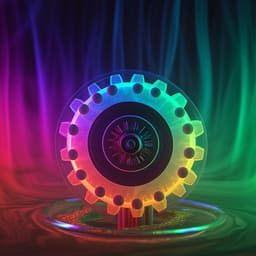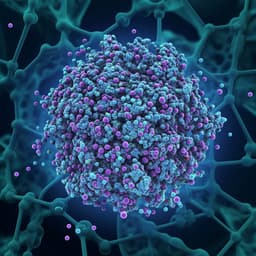
Chemistry
Ultrafast photoluminescence and multiscale light amplification in nanoplasmonic cavity glass
P. Piotrowski, M. Buza, et al.
Discover the groundbreaking research on a bulk nanocomposite glass loaded with cadmium telluride quantum dots and silver nanoparticles, showcasing extraordinary amplified photoluminescence at room temperature. Conducted by a team of experts including Piotr Piotrowski and others, this work opens up exciting possibilities for innovative applications.
Playback language: English
Related Publications
Explore these studies to deepen your understanding of the subject.







